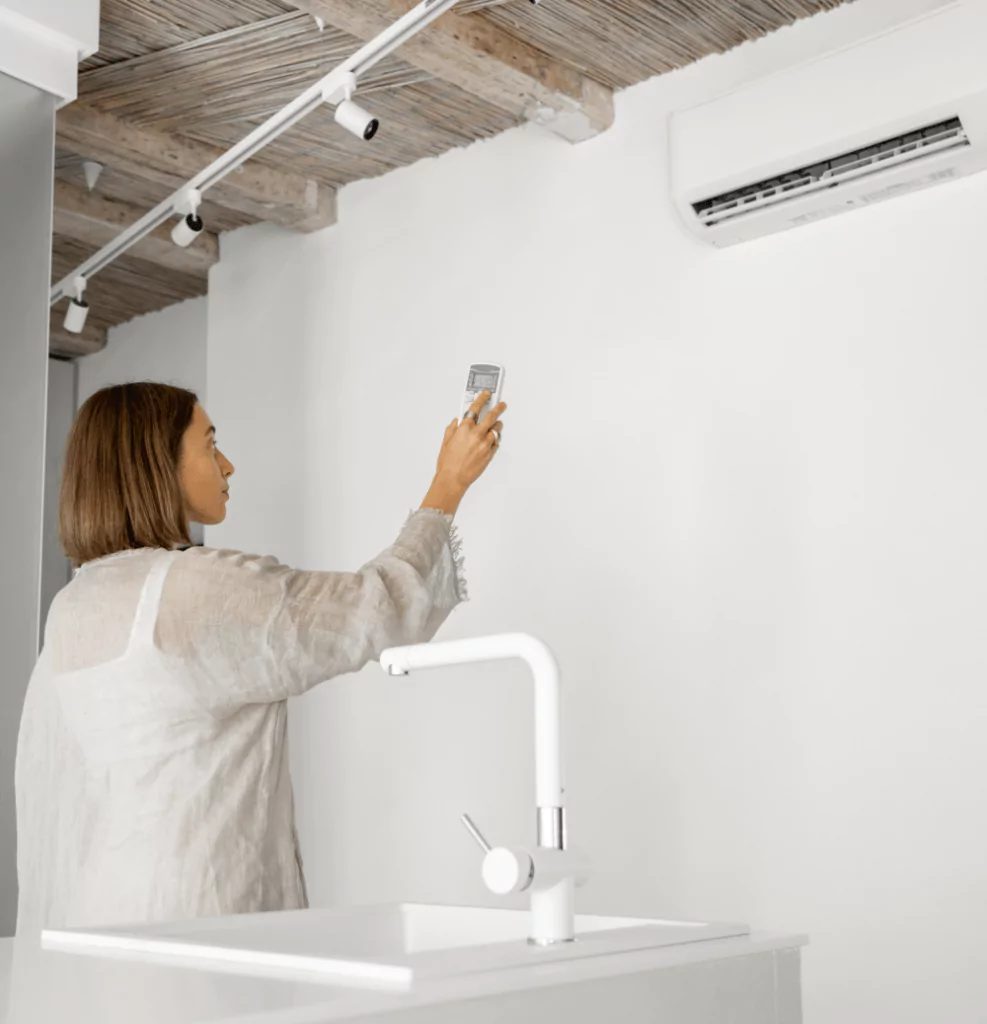
Humidity management is a significant concern for residents of Port St. Lucie, Florida, given the region’s hot and humid climate. High humidity levels not only lead to discomfort but also contribute to issues such as mold growth, musty odors, and poor indoor air quality. In this blog post, we’ll discuss practical strategies that Port St. Lucie homeowners can implement to effectively manage humidity levels in their homes and enhance comfort and air quality.
Use Dehumidifiers
Dehumidifiers are invaluable tools for controlling indoor humidity levels, especially during the humid summer months in Port St. Lucie. These devices work by removing excess moisture from the air, helping to maintain a comfortable and healthy indoor environment. Place dehumidifiers in areas prone to high humidity, such as basements, bathrooms, and laundry rooms, to prevent moisture-related issues and improve overall air quality.
Ventilate Properly
Proper ventilation is essential for reducing humidity levels and promoting air circulation in your home. Use exhaust fans in bathrooms and kitchens to remove moisture generated from showers, cooking, and other activities. Additionally, consider installing attic and whole-house ventilation systems to facilitate the exchange of stale indoor air with fresh outdoor air, helping to reduce humidity and improve indoor air quality.
Repair Leaks and Seal Cracks
Moisture infiltration from leaks and cracks in the building envelope can significantly contribute to indoor humidity levels. Inspect your home for signs of water leaks, such as damp spots, water stains, or musty odors, and promptly repair any sources of moisture intrusion. Seal gaps around windows, doors, and plumbing penetrations to prevent humid outdoor air from infiltrating your home and exacerbating indoor humidity levels.
Maintain Air Conditioning Systems
Air conditioning plays a vital role in controlling indoor humidity levels by removing moisture from the air as it cools. Ensure that your HVAC system is properly sized and maintained to effectively dehumidify indoor air. Schedule regular maintenance inspections and filter replacements to keep your air conditioning system operating efficiently and effectively, minimizing indoor humidity levels and maximizing comfort.
Use Moisture-Absorbing Materials
Incorporating moisture-absorbing materials into your home can help reduce humidity levels and prevent moisture-related issues. Consider using moisture-resistant building materials such as mold-resistant drywall and paint in areas prone to high humidity, such as bathrooms and kitchens. Additionally, use moisture-absorbing products such as silica gel packs or desiccants in closets, cabinets, and storage areas to help control humidity and protect belongings from moisture damage.
Monitor Indoor Humidity Levels
Invest in a hygrometer or humidity monitor to track indoor humidity levels and identify areas of concern. Ideally, indoor humidity levels should be maintained between 30% and 50% for optimal comfort and air quality. If humidity levels consistently exceed this range, implement additional humidity control measures such as using dehumidifiers or improving ventilation to bring levels back into the desired range.
Conclusion
By implementing these practical tips for humidity management, Port St. Lucie homeowners can create a healthier, more comfortable indoor environment for themselves and their families. Effective humidity control not only enhances comfort but also helps prevent moisture-related issues such as mold growth and indoor air quality problems, ensuring a safer and more enjoyable living space.